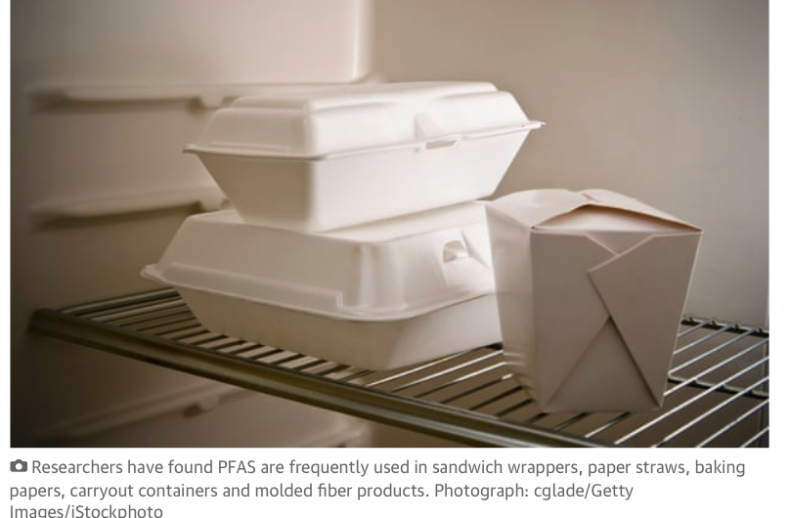Record-setting fires in the western US over the last decade caused severe air pollution, loss of human life, and property damage. Enhanced drought and increased biomass in a warmer climate may fuel larger and more frequent wildfires in the coming decades. The air quality impact of increased wildfires in a warming climate has often been overlooked in current model projections, owing to the lack of interactive fire emissions of gases and particles responding to climate change in Earth System Model (ESM) projection simulations.
This research combines multi-ensemble projections of wildfires in three ESMs (including GFDL’s ESM4) with an empirical statistical model, to predict fine particulate pollution in the late 21st century. The three ESMs were taken from the Sixth Coupled Model Intercomparison Project using several different possible scenarios of how socioeconomic factors, as well as mitigation efforts, may change in the future.
Total carbon dioxide emissions from fires over western North America during August–September are projected to increase from present-day values by 60–110% under a strong-mitigation scenario, 100–150% under a moderate-mitigation scenario, and 130–260% under a low-mitigation scenario in 2080–2100.





